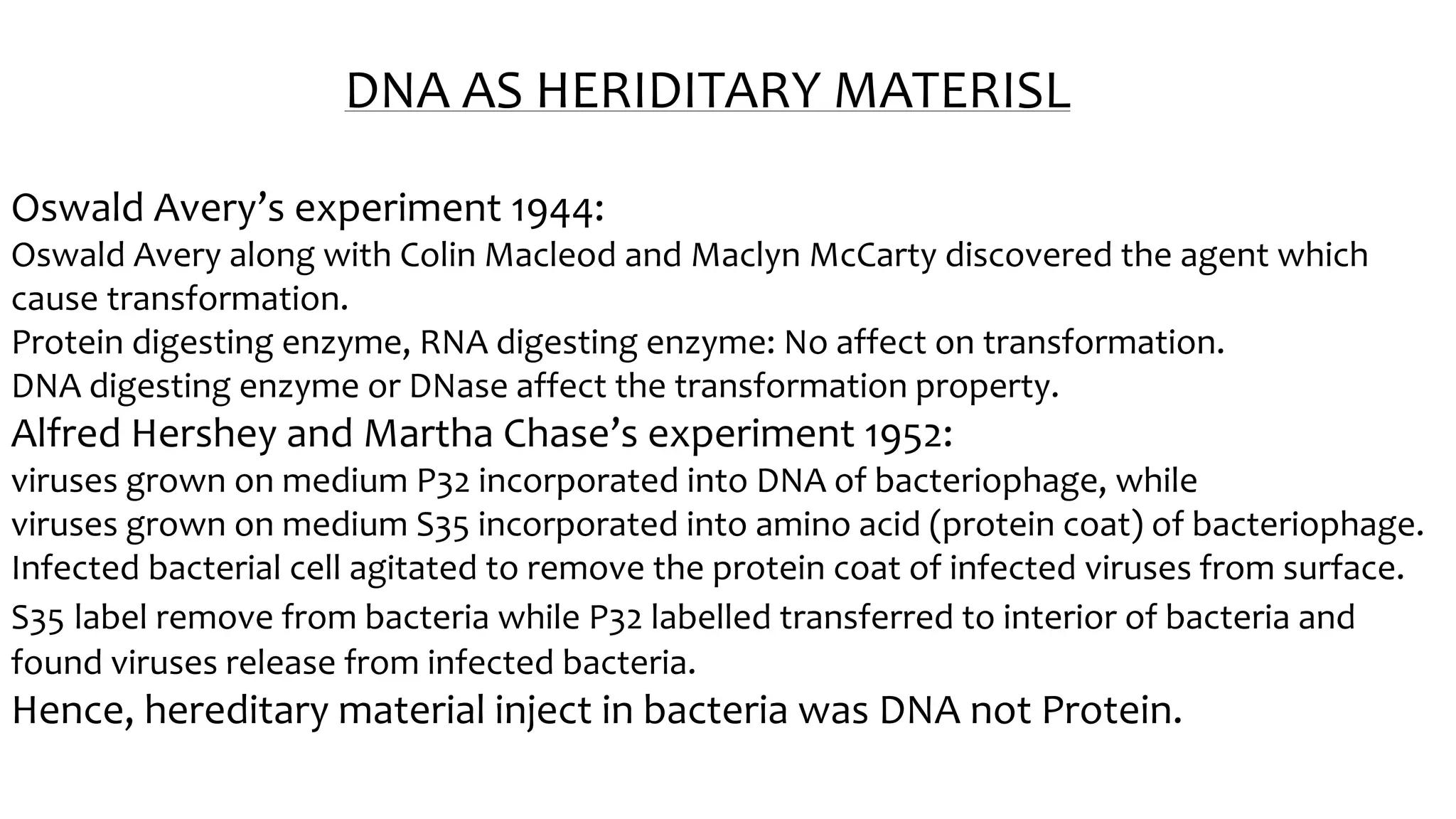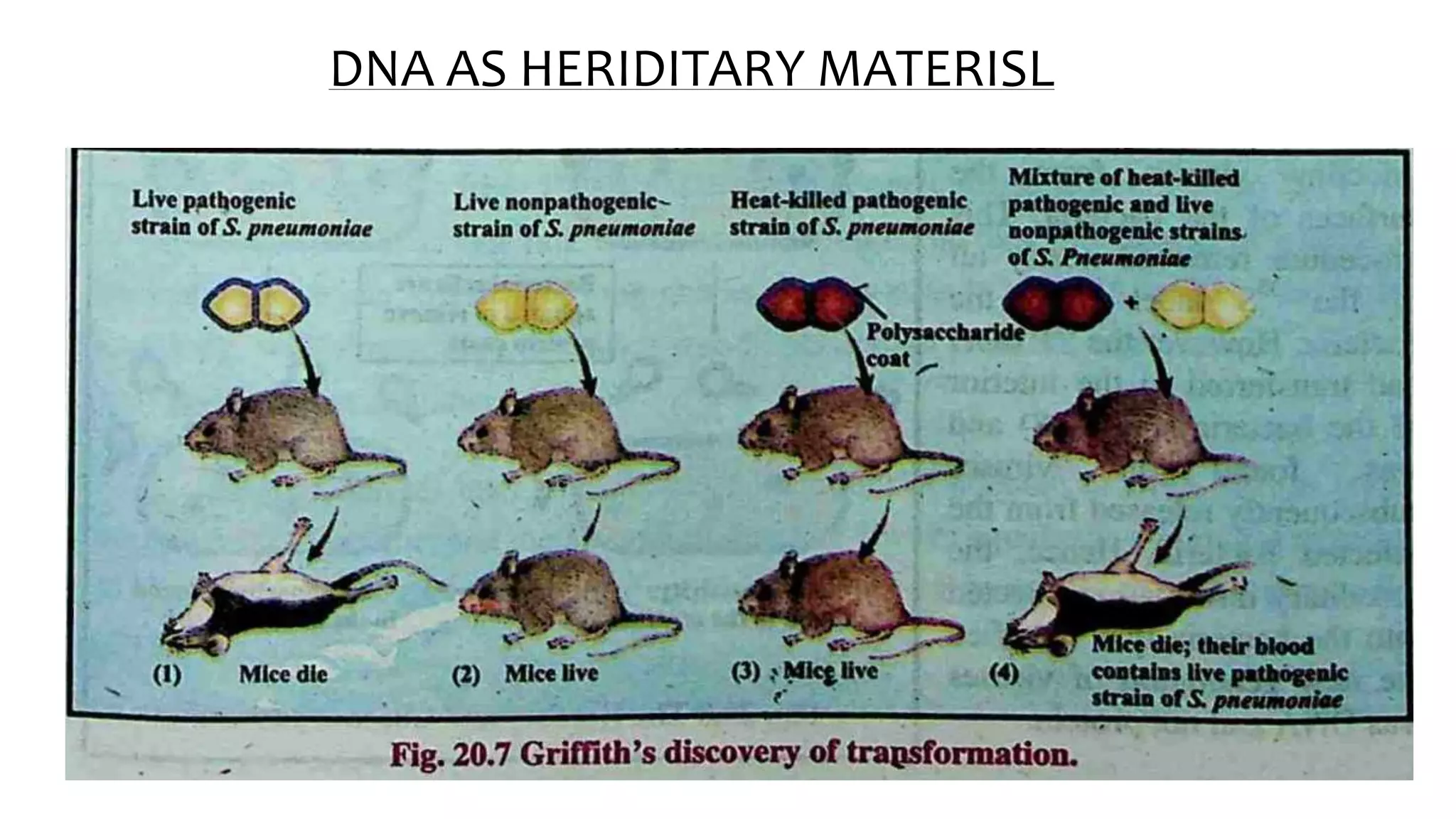Table of Contents
- What Makes Us, Us?
- How Do Traits Get Passed Down? - Hereditary Explained
- What Are The Tiny Bits of Instruction? - Hereditary Explained
- Looking at Family Patterns
- When Things Are a Bit Different - Hereditary Explained
- How Do We Figure It Out? - Hereditary Explained
- The Bigger Picture
- What Does It Mean For Us?
Have you ever looked at a picture of your family, perhaps a grandparent, and noticed a striking similarity, like the shape of your nose or the color of your eyes? It is almost as if some features just carry on through the generations, making us wonder about the invisible threads that connect us all. These shared characteristics, the way we look, even some aspects of our health, are not just random occurrences; they are part of a fascinating story written in our very being.
This idea of things being passed along from one generation to the next, it is something we see all the time, isn't it? From the way a particular plant grows to the specific coat pattern on a beloved pet, there is a kind of blueprint at play. For people, this blueprint helps explain why siblings might share certain looks, or why a particular talent seems to run in a family. It is a bit like getting a special mix of ingredients from each parent, creating a unique recipe for who you are.
So, we are going to spend some time talking about how these traits, these bits of you that came from your folks and their folks, actually make their way down the family line. We will explore the basics of what makes you, you, and how those little bits of information work. It is really quite interesting, you know, to understand the story of your own make-up.
What Makes Us, Us?
Each one of us, every single person, is a truly one-of-a-kind creation. You have your own way of thinking, your own feelings, and a unique physical form. A big part of what makes you who you are comes from the family tree you grew on, so to speak. Think about it: your hair color, the way your smile looks, even how tall you might get, these are often echoes of the people who came before you. This passing on of features is, well, pretty fundamental to life itself. It ensures that creatures generally produce offspring that look like them, which is, in a way, a very sensible system. It keeps things going, generation after generation, with a fair amount of consistency, yet with enough wiggle room for differences.
It is not just about what you can see on the outside, either. Sometimes, certain ways your body works, like whether you are more likely to have a particular food sensitivity or a certain eye condition, can also follow family lines. This is why doctors often ask about your family's health background; they are trying to piece together a bigger picture. It is a subtle influence, perhaps, but a powerful one, shaping not just our appearance but also some of the inner workings of our bodies. Basically, it is all part of the grand design of how life continues and diversifies.
How Do Traits Get Passed Down? - Hereditary Explained
At the very heart of how traits move from parents to their young ones lies something called "genetic material." You get a portion of this special material from your mother and a portion from your father. These portions combine to form your own unique set of instructions. Think of it like getting two halves of a very important instruction manual, one from each parent, and then putting them together to make your own complete guide. This combined manual then tells your body how to grow, what color your eyes should be, and so on. It is a pretty neat system, actually, ensuring a mix of features from both sides of the family.
The actual process involves tiny packages of information, which are, you know, really small, like little scrolls of code. These tiny scrolls carry all the blueprints for building a person. When a new person is made, they get one scroll from each parent for every single instruction. This pairing up of information is what gives each person a fresh combination of features. It is why you might have your mother's hair but your father's chin, or a blend of both. It is a constant reshuffling, in a way, creating endless possibilities within family lines.
What Are The Tiny Bits of Instruction? - Hereditary Explained
The core building blocks of these instructions are what we often call "genes." These are small segments of a much longer chain, a bit like individual sentences within a very long book. Each gene holds the directions for a specific characteristic, like eye color or blood type. You have, well, thousands upon thousands of these genes, all working together in a really complex symphony. They are the true carriers of the family's legacy, holding the codes that determine so many of our personal attributes. It is quite something to think about, how much information is packed into such tiny bits.
These genes are made of something called DNA, which is, quite frankly, an amazing molecule. It is shaped like a twisted ladder, and the "rungs" of this ladder are what make up the actual code. The order of these rungs is what makes one gene different from another, and what gives each gene its particular job. So, when we talk about hereditary explained, we are really talking about how these DNA codes get passed along. It is a very precise language, almost like a secret script, that dictates so much about us. And it is, you know, always there, quietly working behind the scenes.
Looking at Family Patterns
When you observe families, you can often see certain patterns emerge. Maybe everyone on one side of the family has a distinct laugh, or a particular way of holding their hands. These recurring traits are often the most obvious signs of things being passed down. It is like seeing a thread running through a piece of fabric, connecting different parts. Sometimes these patterns are quite strong, so much so that you can almost predict what a new family member might look like or how they might behave in certain situations. It is a natural part of how families grow and evolve over time, showing a sort of shared heritage.
This is why, you know, family reunions can be so interesting. You see cousins who look so much alike, or an aunt who has the same mannerisms as your grandmother. These are not just coincidences; they are visual proofs of the genetic connections that tie everyone together. It is a subtle reminder that we are all part of something much bigger than ourselves, a continuous story that unfolds with each new generation. And it is, frankly, pretty cool to witness these connections firsthand, seeing bits of yourself in others.
When Things Are a Bit Different - Hereditary Explained
Now, while many traits follow clear patterns, sometimes things can be a bit different. You might see a child with bright red hair when neither parent has it, or a sudden appearance of a rare eye color. These variations are a really important part of the story of how life works. They show that while there is a general blueprint, there is also room for new combinations and changes. It is not always a perfect copy, which is, in some respects, a good thing, as it allows for diversity and adaptation over time. This is where the concept of hereditary explained gets even more interesting, as it is not just about exact replication.
These differences can come about in a few ways. Sometimes, it is simply a matter of how different bits of instruction from the parents combine in a new way, creating a fresh mix. Other times, there can be a tiny change, a small tweak in the instruction manual itself, which we call a variation. These variations are, you know, completely natural and happen all the time. They are the reason why we do not all look exactly alike, even within the same family. They add richness and variety to the human population, ensuring that each person is truly unique.
How Do We Figure It Out? - Hereditary Explained
Scientists and researchers spend a lot of time trying to understand these patterns and differences. They look at family trees, study large groups of people, and examine the tiny bits of instruction in great detail. It is a bit like being a detective, piecing together clues to understand how certain features are passed along. They try to find out which specific instructions are responsible for particular traits, and how those instructions might change or combine in different ways. This work helps us, you know, get a clearer picture of how everything fits together, from the most common features to the very rare ones.
One way they do this is by looking at how common certain traits are in families where, say, a particular health concern is present. By comparing many family histories, they can start to see if a certain instruction bit might be involved. They also use special tools to read the actual codes in the DNA, which is, frankly, an incredible feat of modern science. This allows them to see the exact sequence of instructions and spot any differences that might be important. It is a painstaking process, but it helps us grasp the full scope of hereditary explained.
The Bigger Picture
The way traits are passed down is not just about family resemblances; it is a fundamental part of how all life on Earth works. Every living thing, from the smallest bacterium to the largest whale, relies on this process to continue its kind. It ensures that species maintain their characteristics while also allowing for gradual changes over very long periods. This balance between sameness and difference is, well, pretty important for life to adapt to new conditions and survive. It is a constant dance between stability and evolution, shaping the natural world around us.
This grand design, this passing of information, has allowed life to become incredibly diverse and complex. It is the reason why we have so many different types of plants and animals, each perfectly suited to its own environment. Without this basic mechanism, life as we know it would not exist. It is a truly remarkable system, constantly at work, ensuring the continuation and diversification of all living things. And it is, you know, happening all the time, right inside every single cell.
What Does It Mean For Us?
For us as individuals, understanding how things are passed down can offer a lot of insight. It helps us appreciate why we look the way we do, or why we might share certain talents or even quirks with our relatives. It also plays a role in health, as knowing about family health patterns can sometimes help doctors offer better advice or suggest certain screenings. It is not about destiny, not at all, but rather about having a bit more information to work with. It is, you know, about understanding a piece of your own personal story.
This knowledge also helps us appreciate the incredible variety within the human family. Every person is a unique combination of inherited traits, a one-of-a-kind individual shaped by generations of ancestors. It is a powerful reminder that while we share common threads, each of us is also wonderfully distinct. And that, in a way, is a pretty beautiful thing to consider, giving us a deeper connection to both our past and our own unique present.
- Neil Cavuto Leaving Fox
- Christine Baumgartner
- Cast Of The Merry Gentlemen
- Andie Macdowell Daughter
- Bridgerton Actors


